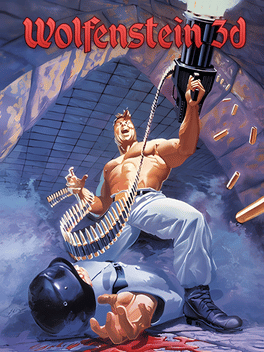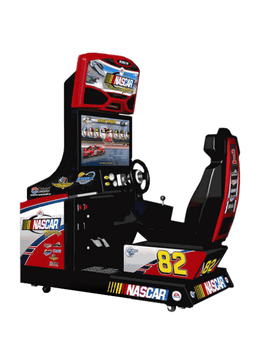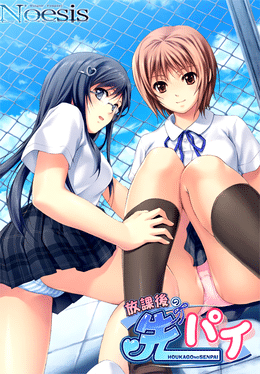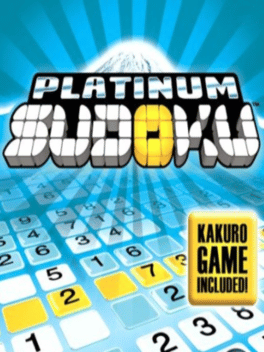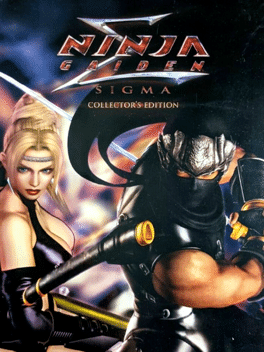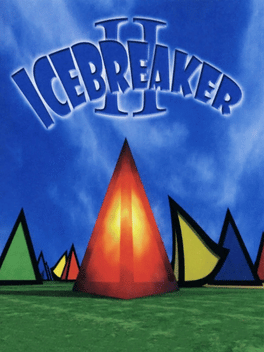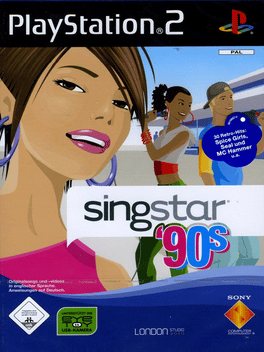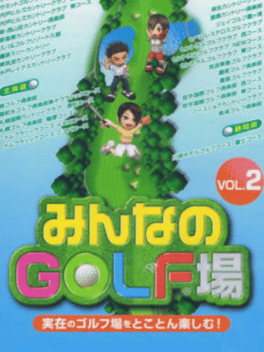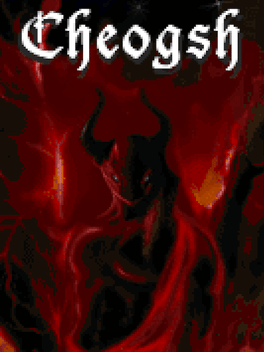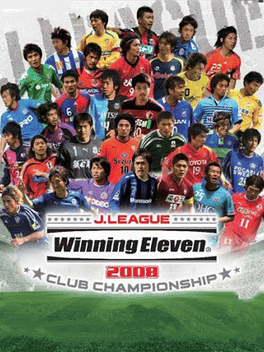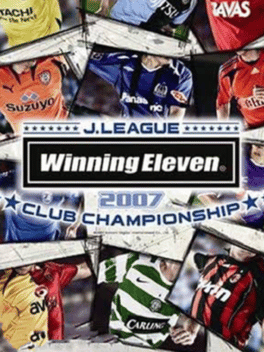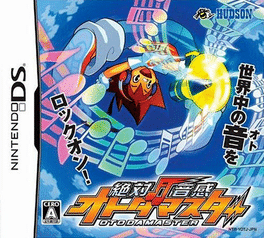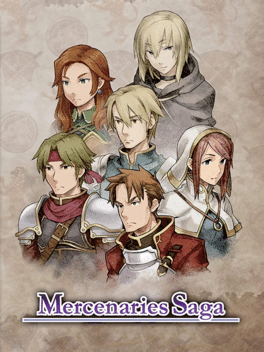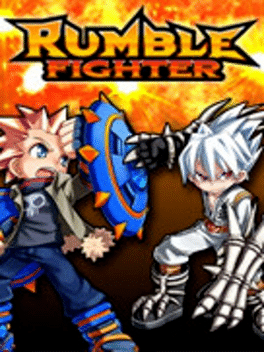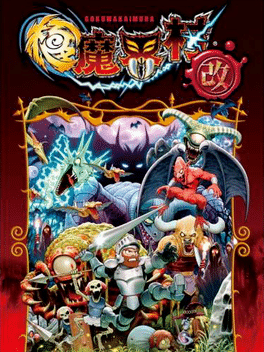New Games - Page 10089
-
Wolfenstein 3D
2007
Wolfenstein 3D
2007
The current version of Wolfenstein 3D for digital platforms include Wolfenstein 3D (a port of the expanded DOS version, with all of the six episodes) and the standalone expansion Spear of Destiny (without its extra missions). -
Spear of Destiny
2007
Spear of Destiny
2007
A bundle with Spear of Destiny and its Mission Packs was released on GOG.com and Steam under the name of "Spear of Destiny" by id Software. Due to Bethesda merging Wolfenstein 3D and Spear of Destiny into a single bundle, this bundle with the mission packs got delisted, which means that the packs are unavailable for new buyers. -
Marathon: Durandal
2007
Marathon: Durandal
2007
The remastered port of Marathon 2 for Xbox Live Arcade by Freeverse. Featuring new HD sprites and textures; with a toggle to switch to retro graphics, revised HUD, 16:9 Widescreen, 60 FPS and Achievements with support for 4 players local split-screen and 8 players over Xbox Live. -
Houkago no Senpai
2007
-
The Settlers
2007
-
Quake Collection
2007
Quake Collection
2007
This Steam download pack includes: Quake, Quake Mission Pack 1: Scourge of Armagon, Quake Mission Pack 2: Dissolution of Eternity, Quake II, Quake II Mission Pack: The Reckoning, Quake II Mission Pack: Ground Zero, Quake III: Arena, Quake III: Team Arena. -
Platinum Sudoku
2007
-
Ninja Gaiden Sigma: Collector's Edition
2007
The gameplay for Sigma is very similar to the original version, albeit with some modifications made to the game. Like the original version, the player's movements and combat system are directed using the console gamepad, which comprises the left thumbstick, two attack buttons, and a block button. The game features a large selection of weapons for Ryu to wield each with advantages and disadvantages that affect the way the player approaches combat. A new addition to Ryu's arsenal is a pair of dual-wield swords, Dragon's Claw and Tiger's Fang. It also provides Ryu with magical spells in the form of ninpo, which allows him to inflict heavy damage on enemies while potentially avoiding damage himself. By shaking the Sixaxis controller, players are able to increase the power of their ninpo spells. Rachel, a non-playable character in the 2004 game, became playable in three new chapters, featuring the new bosses, Gamov and Alterator. Some of the design elements of the old levels was also changed and several new enemy types -
Icebreaker 2
2007
Icebreaker 2
2007
Pyramids. They're sneaky, evil, cunning, loathsome, and even pernicious (look it up!). And they thrive in some pretty nasty places - like lava, slime, ice and swamps. Your mission is simply to clear all 150 levels. We supply the plasma blaster. You supply the brains. Live or die, you'll rock while you try to destroy the four-faced menaces of Icebreaker 2. -
SingStar: '90s
2007
SingStar: '90s
2007
star 6.5SingStar '90 is a karaoke game featuring hit songs from the nineties. The game gives points which are distributed by the purity of singing, as in how well does one manage to stay on tune. It doesn't matter if you change octaves in the middle of the song or what words are you singing in (it doesn't have a word recognition), so your singing is rated by how well you manage to hit the correct note at the correct time. -
Minna no Golf-jou Vol. 2
2007
A GPS-enabled version of Minna no Golf (Everybody's Golf) on the PSP. Plays like a traditional Everybody's Golf game, but doubles as a measuring tool for real life golf courses using the PSP's GPS attachment. -
Cheogsh
2007
-
Mercenaries Saga
2007
Mercenaries Saga
2007
Originally released in 2007 and 2010 on Japanese mobile game platforms, au BREW(R) and later docomo, it was re-released in Japan for iOS and Android in 2017. The game will be available outside of Japan for the first time as part of the Mercenaries Saga Chronicles bundle on the Nintendo Switch -
Slide Adventure: Magkid
2007
On a dark night, a lightning storm struck the house and brought to life all kinds of strange creatures. It also brought to life a fridge magnet called Mag Kid. The game was mentioned in the Super Smash Bros. series as the officially romanized title of "Slide Adventure: MAGKID" -
Rumble Fighter
2007
-
Goku Makaimura Kai
2007

